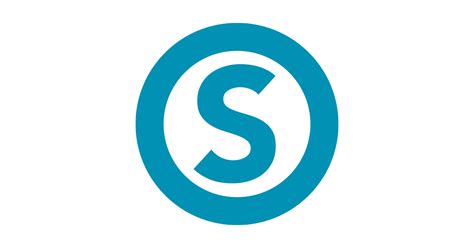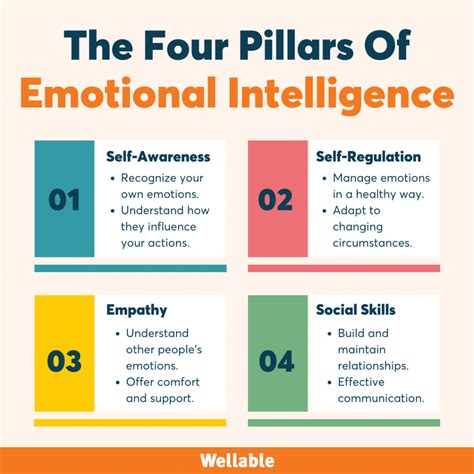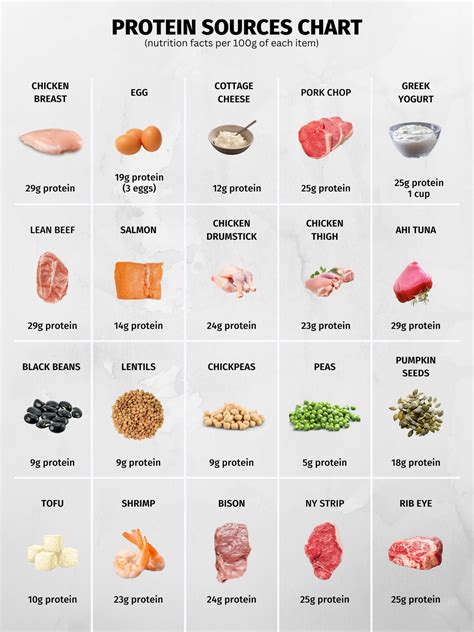Health Com

Welcome to an in-depth exploration of the world of health communication, a vital field that plays a pivotal role in promoting public health and well-being. In an era where information is readily available but often overwhelming and confusing, the practice of health communication serves as a guiding light, ensuring that accurate and accessible health-related knowledge reaches every corner of society. This comprehensive guide will delve into the intricacies of this field, offering insights, strategies, and real-world examples to empower you with the knowledge and tools to navigate the complex landscape of health information.
The Significance of Health Communication in Modern Society

Health communication, at its core, is the strategic dissemination of health-related information to various audiences. This discipline has evolved to become a critical component of public health initiatives, healthcare systems, and individual wellness journeys. In an age marked by the rapid spread of misinformation and an ever-increasing reliance on digital platforms for information, the need for effective health communication strategies is more pronounced than ever.
Consider the global response to the COVID-19 pandemic. Effective health communication played a pivotal role in educating the public about the virus, its transmission, and the importance of preventive measures. From government health departments to local community centers, clear and consistent messaging was crucial in curbing the spread of the disease and saving lives.
However, the significance of health communication extends beyond crisis management. It encompasses a wide range of health-related issues, including promoting healthy lifestyles, educating about chronic diseases, advocating for mental health awareness, and facilitating better healthcare access and utilization. By fostering an environment where accurate health information is accessible and actionable, health communication empowers individuals to make informed decisions about their well-being.
Key Components of Effective Health Communication

Understanding the Audience
Effective health communication begins with a deep understanding of the target audience. This involves recognizing the diverse needs, preferences, and challenges of different population segments. For instance, communicating health risks to a community with limited health literacy requires a different approach than educating healthcare professionals about new medical advancements.
One successful example is the CDC's Clear Communication Index, a research-based tool that helps health communicators develop effective health messages. The Index considers various factors such as audience segmentation, language simplicity, and cultural appropriateness, ensuring that health information is accessible and actionable for all.
Utilizing Multi-Channel Communication Strategies
In today’s digital age, health communication must leverage a multitude of channels to reach diverse audiences. This includes traditional media such as television, radio, and print, as well as digital platforms like social media, websites, and mobile apps. Each channel offers unique advantages and reaches specific audiences, making a multi-channel approach essential for comprehensive coverage.
For instance, the WHO's COVID-19 WhatsApp chatbot provides users with accurate, real-time information about the pandemic. This innovative use of technology ensures that even individuals without internet access can access critical health information via SMS.
Emphasizing Clear and Simple Language
Clear and simple language is a cornerstone of effective health communication. Health information can often be complex and technical, but it is essential to present it in a way that is easily understandable to the general public. This involves using plain language, avoiding jargon, and providing clear definitions and explanations when necessary.
The NHS's Plain Language Campaign is a notable initiative that aims to improve the clarity of health information provided to patients. By simplifying complex medical terminology and offering visual aids, the campaign ensures that patients can better understand their health conditions and treatment options.
Incorporating Visuals and Storytelling
Visual aids and storytelling techniques can significantly enhance the impact of health communication. Visuals, such as infographics, illustrations, and videos, can simplify complex health concepts and make them more engaging. Storytelling, on the other hand, can humanize health issues and inspire behavioral change by connecting with audiences on an emotional level.
The CDC's "Tips from Former Smokers" campaign is a powerful example of effective health communication through storytelling. By sharing the personal stories of individuals who have suffered health consequences due to smoking, the campaign has successfully encouraged thousands of smokers to quit.
Challenges and Future Directions in Health Communication
Addressing Health Disparities
Despite the progress made in health communication, significant disparities persist. Marginalized communities often face barriers to accessing accurate health information, leading to poorer health outcomes. Addressing these disparities requires targeted communication strategies that are culturally sensitive and tailored to the specific needs and preferences of these communities.
Organizations like the National Alliance for Hispanic Health are leading the way in developing health communication strategies that are culturally and linguistically appropriate for Hispanic/Latino communities in the United States. Their initiatives, such as the Salud America campaign, promote health equity and empower communities to take control of their health.
Leveraging Digital Health Solutions
The rapid advancement of digital health technologies presents both challenges and opportunities for health communication. While digital platforms can greatly enhance the reach and interactivity of health information, they also contribute to the spread of misinformation and can exacerbate health disparities if not used thoughtfully.
To harness the potential of digital health solutions, health communicators must stay abreast of the latest technological advancements and integrate them into their strategies. This includes utilizing interactive tools, such as health tracking apps and virtual reality simulations, to engage and educate audiences in innovative ways.
Promoting Health Literacy and Critical Thinking
Health literacy, the ability to understand and use health information to make informed decisions, is a critical aspect of effective health communication. However, low health literacy is a significant barrier to health equity, as it can lead to misunderstandings, miscommunications, and poor health outcomes.
To address this issue, health communicators must prioritize the creation of health-literate environments. This involves not only simplifying health information but also encouraging critical thinking and active engagement with health-related content. By empowering individuals to question, analyze, and apply health information, we can foster a more health-literate society.
Fostering Interprofessional Collaboration
Effective health communication requires collaboration between various stakeholders, including healthcare professionals, researchers, policymakers, and community leaders. By working together, these groups can develop comprehensive, evidence-based health communication strategies that are aligned with the needs and priorities of the community.
Interprofessional collaboration can lead to more effective health campaigns and initiatives. For example, a collaboration between healthcare providers, public health experts, and community organizations can result in a more holistic approach to health promotion, addressing both the medical and social determinants of health.
Conclusion
Health communication is a dynamic and evolving field that holds the key to improving public health and individual well-being. By understanding the audience, utilizing multi-channel strategies, simplifying language, incorporating visuals and storytelling, and addressing challenges such as health disparities and low health literacy, we can create a more informed and empowered society.
As we move forward, it is essential to continue innovating and adapting our health communication strategies to meet the changing needs and preferences of our diverse communities. Through collaborative efforts and a commitment to evidence-based practices, we can ensure that accurate and accessible health information is a right, not a privilege, for all.
How can health communicators ensure their messages are culturally sensitive and appropriate for diverse audiences?
+Health communicators should conduct thorough audience research to understand the cultural, linguistic, and social nuances of the communities they aim to reach. This involves consulting with community leaders and experts, as well as conducting focus groups and surveys to gather feedback and insights. Additionally, health communicators should aim to use inclusive language and visuals that reflect the diversity of their audience.
What are some best practices for utilizing digital health solutions in health communication?
+When integrating digital health solutions, health communicators should prioritize user-friendliness and accessibility. This includes ensuring that digital platforms are mobile-friendly, accessible to individuals with disabilities, and easy to navigate. Additionally, health communicators should leverage interactive features, such as personalized dashboards and interactive quizzes, to engage users and enhance the learning experience.
How can health literacy be improved through health communication strategies?
+Health communicators can improve health literacy by simplifying complex health information and presenting it in a clear, concise manner. This involves using plain language, avoiding jargon, and providing definitions and explanations where necessary. Additionally, health communicators can encourage active engagement with health information by incorporating interactive elements and promoting critical thinking skills.

